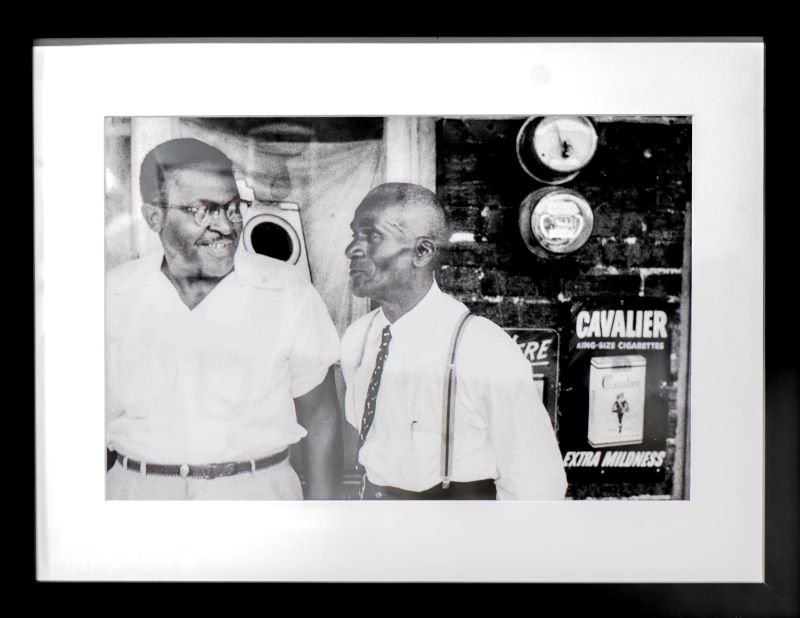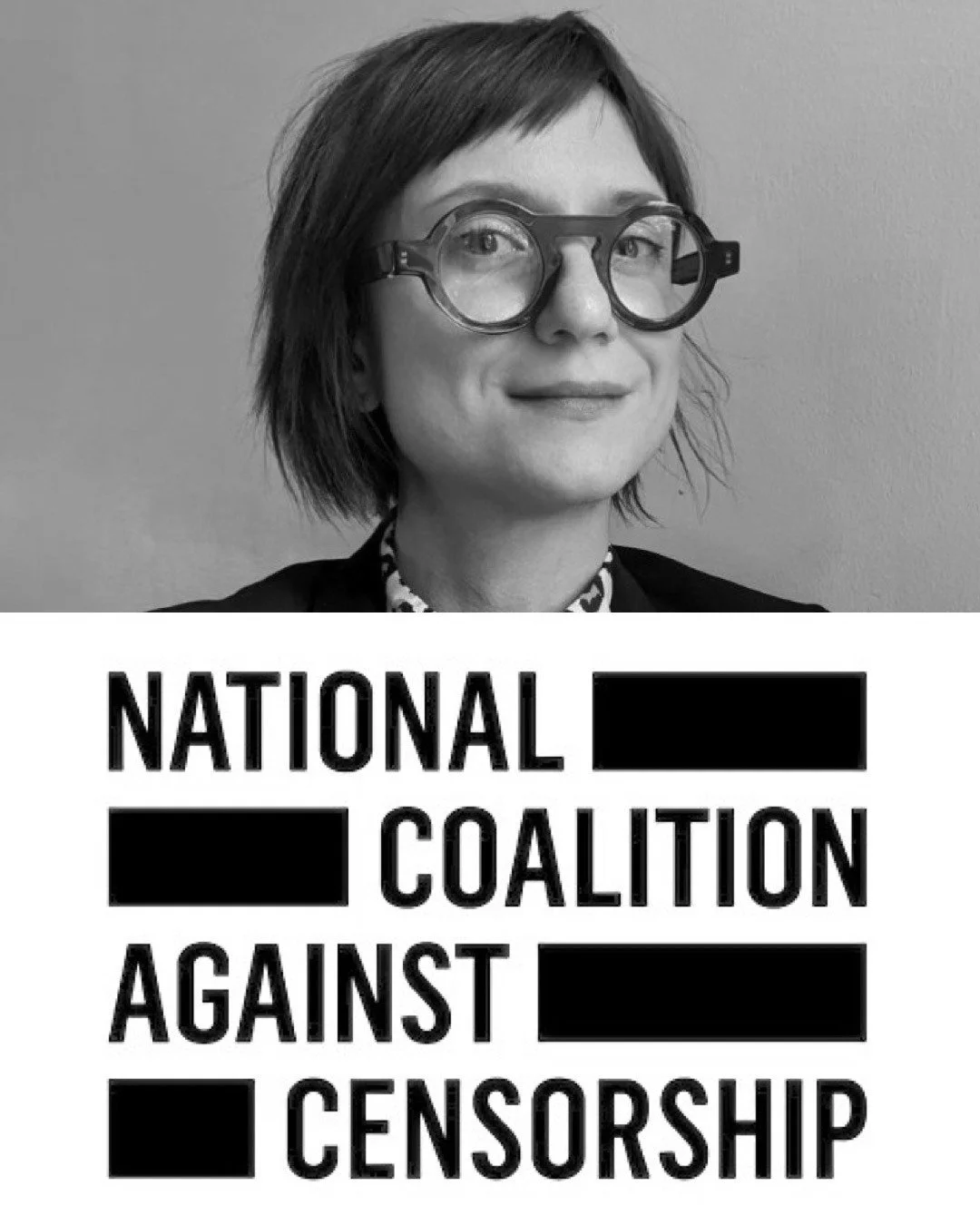Rosalind Withers discusses Flash Points: The Photography of Ernest C. Withers
Ten North Group (previously Opa-locka Community Development Corporation) is pleased to present Flash Points: The Photography of Ernest C. Withers, an exhibition showcasing 41 large-format original photos by the revered Memphis-born photographer who documented and shaped the visual narrative of the Civil Rights Movement.
Curated in partnership with Ms. Rosalind Withers, Director of the Ernest Withers Museum and Collection of Memphis, Tennessee, and daughter of Ernest C. Withers, Flash Points explores the cognitive character of Black struggle through Withers’ politics of creation as a Black photographer working within the American South.
Interview by Isabel Hou
Flash Points showcases 41 original photographs by your father, Ernest C. Withers, which played a significant role in shaping the visual narrative of the Civil Rights Movement. Can you tell us about the process of curating this exhibition and how you selected the specific photographs included? What message are you aiming to convey?
Rosalind Withers: This exhibition was initiated by Babacar Mbow as a request because he had worked with us in the past on a Civil Rights Exhibition at Nova University back in 2014/15. Babacar Mbow had become an advocate of Dr. Withers’ work due to the overwhelming reception received by both students and faculty at Nova University. His request governed our curation for this Flash Points exhibition. He requested three categories: Civil Rights, music, and sports with emphasis on Civil Rights covering the Emmett Till trial, Poor Peoples Campaign, Sanitation Strike, and Little Rock Nine, just to name a few. Considering the climate in Florida on race relations and the removal of African American History from education, this prompted the need to bring awareness of this visual content of history during Juneteenth 2023 celebration.
Rosalind Withers at the opening for Flash Points: The Photography of Ernest C. Withers
As the daughter of Ernest Withers, could you share with us some personal insights into his life and work? How did his experiences and relationships with key figures like Dr. Martin Luther King, Jr. and Andrew Young influence his approach to photography and his dedication to documenting African American history?
His self-published book in 1955 when he was at the age of 33, on the Emmett Till trial, gives a clear indication of his awareness of the importance of his work. In the Preface, he indicates that this booklet is recorded to show pictorially that “such an incident need not occur again.” The release of the Till story in the media wire service is what gained Dr. King and Ambassador Andrew Young’s attention, and it led to an invitation from Dr. King for my dad to join them in Montgomery to cover this pivotal moment in history documenting the Montgomery Bus Boycott.
Your father often documented scenes and events that were ignored by the mainstream press, highlighting the importance of photojournalism in shedding light on underrepresented stories. How do you think his photographs have contributed to a more comprehensive understanding of the Civil Rights Movement and its impact on American society?
My father's Archived body of work contains an estimated amount of over 1.8M images which means there are thousands of untold stories that must be digitized then researched, adding metadata, and released to the public. Think of the impact that the Black Wall Street Tulsa, Oklahoma, story had on this country for the decades it was never revealed to the public. It was the evidence of photography that gave proof and brought it to the awareness of the public.
Can you just imagine how many images of untold stories we could and will find in his body of work? We have only digitized less than 1% of his body of work. African American history and culture is just as important as any culture’s history. Digitizing this body of work will have a major impact on its cultured youth and society by filling the void of the lack of African American historical content in the formal education system of this country.
Flash Points touches on historical events such as the Emmett Till murder trial, the Tent City evictions, and the Montgomery Bus Boycott. Can you share some of the challenges and complexities your father faced while capturing these critical moments? How did he navigate the ethical considerations that come with documenting such powerful and sensitive subjects?
My father risked his life as a photojournalist covering many of these epic events of historical significance. His military and early training as one of the first nine black policemen in Memphis gave him skills that aided in him being able to maneuver through complex life-threatening situations to be able to document the visual content of our American history.
Moses Wright points out the men who he saw take his nephew Emmett from his house, the last time Moses would see him before his murder. Sumner, Mississippi, ca. 1955, archival printed photograph, 22 1⁄2 x 22 1⁄2 inches (framed)
The press release mentions that the Black experience is still threatened by various forms of legislation and attempted erasure. How do you see your father's work as a counterforce to these threats, and how does Flash Points emphasize the importance of preserving and cherishing Black history and culture?
Flash Points is the perfect name for this exhibition because it emphasizes the importance of visual content of AMERICAN HISTORY because it reflects Flash Points of history that cannot be erased by the evidence of its visual photographic record. Even if there is an attempt to erase or change the laws for it not to be taught, this exhibition mutes its case because of its historical fact of physical evidence.
A sign outside the Memphis City Zoo. Memphis, Tennessee, ca. 1959, archival printed photograph, 22 x 26 inches (framed).
Your father's photographs capture both the pain and joy of everyday life, as well as the rejection of the status quo. How do you believe his images evoke the resilience and determination of the African American community during a time of significant upheaval?
This body of work is significant to the existence of historical facts, to the existence of African American culture and lifestyle that cannot be ignored or erased with such a vast amount of photographic visual content of physical evidence.
Ernest C. Withers
As the Director of the Ernest Withers Museum and Collection, you have a unique insight into your father's artistic legacy. How do you hope this exhibition will contribute to preserving and celebrating his contributions to photojournalism and the Civil Rights Movement?
The Flash Points exhibition exemplifies our mission to educate, preserve, and share the works of Dr. Ernest C. Withers, Sr.
Emmett Till’s uncle, Moses Wright and his friend in Mississippi, ca. 1955, archival printed photograph, 20 x 26 inches (framed)
Flash Points aims to present a comprehensive and unfiltered narrative of history. How did you approach striking a balance between highlighting the pain and joy of quotidian life during the Civil Rights era, and how do these juxtapositions add to the exhibition's message?
That’s the beauty of Dad’s body of work — it reflects the African American experience and its true cultural reality of the good, bad, and the ugly in each one of his categories: Civil Rights, sports, music, and lifestyle.
What are your aspirations for this exhibition? How do you envision the impact of this exhibition on the local community in Opa-Locka and beyond?
Our aspiration for this exhibit is that it reaches all the communities of South Florida beyond Opa-Locka. May this interview be far-reaching and give this exhibition the voice that is needed for public awareness, which has been stifled by the attempt to ban African American history by its Governor.
Finally, looking beyond Flash Points, what are your future plans and aspirations for preserving and sharing your father’s legacy and contributions to African American history and photojournalism?
Our future plans and aspirations for my dad’s body of work and his legacy are for us to make it accessible globally, providing digital content for education, filmmaking, photojournalism, and storytelling. [We want to] form partnerships with entities and private donors that support our nonprofit efforts as well as assist us in reaching our annual digitizing goal, which will allow us to continue sharing never-seen-before images revealing new historical content of American History for future exhibitions.
Flash Points is open through August 31, 2023, at The Arts and Recreation Center (The ARC), 675 Ali Baba Ave, Opa-Locka, FL 33054
Isabel Hou is a rising senior at Cornell University interested in art, writing, and law. She plans to live and work in Manhattan this summer and post-grad. When she’s not in New York, she’s based out of Colorado, where she enjoys the mountains, the art, and the solitude.
All photos courtesy of Ten North Group and The Ernest C. Withers Museum and Collection.













